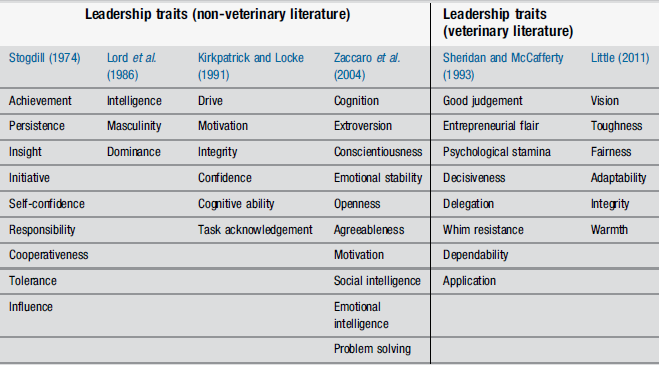

Dog bites are also common among dog shelter workers and other professionals whose work requires entering private properties. In the UK, two out of three veterinarians were injured at work at some point and 78% of these injuries were animal bites, including dog bites. Furthermore, 48% of 2800 surveyed Australian veterinarians were bitten by a dog during the previous 12 months and in the USA 63% of surveyed veterinarians have been bitten during the course of their career. Indeed, dog bites are the second most common cause of injury for UK postal workers (after slips and falls), with an average of 7 postal workers being bitten each working day. On average 277 people are seriously bitten each year at work in the UK, making dog bites an important issue concerning workplace safety. Moreover, in two separate studies carried out in Brazil and Taiwan, approximately 70% of surveyed postal workers reported being bitten by a dog at some point during their career. Among those injured, the most affected occupations are: non-farm animal caretakers, truck drivers, veterinary technicians and meter readers. ĭogs are the second most commonly implicated species of animals (after insects) in all animal-related non-fatal injuries within the US workforce. Nonetheless, between March 2014 and February 2015 alone, dog bites led to 7227 hospital admissions in England and Wales and in 2017/2018 the cost of dog bites to the NHS was estimated at £70.8 millions. In the UK, a population-based cross-sectional survey estimated that 25% of respondents in the UK have been bitten by a dog during their lifetime, however only a third of these bites required medical attention. The incidence rates were also correlated with the indices of multiple deprivation and unevenly distributed across the UK, meaning that the rate in some areas was much higher (e.g., 24.2 per 100,000 in Knowsley, North-West of the UK) and lower in others (e.g., 1.1 per 100,000 in City of London, London). The incidence of dog bite-related hospitalisations in the UK is increasing and in 2018, the mean annual incidence reached 14.99 per 100,000 population. The incidence of dog bites differs between countries (e.g., 12.39 per 100,000 in Australia, 1.5 per 100,000 in the Netherlands, 25.3–30.1 per 100,000 in India, and 110 per 100,000 the US ). Dog bite prevention could be improved by clarifying definitions of bites, involving at risk staff in procedure development, and avoiding blaming the victim for the incident.Īlthough it is recognised that the presence of dogs in society can be beneficial for human health and wellbeing there are also risks to navigate. Paradoxically, procedures generated risks to individual wellbeing and sometimes employment, by contributing to blaming employees for bites. This often led to disregarding procedures. There was a discrepancy between risks that the procedures aimed to guard against and the risk participants were experiencing in the course of work. While the procedures described dog bite risk as objective, when interacting with dogs, participants drew on experiential knowledge and subjective judgment of risk. Six themes describing dog bite risk management were identified: ‘Surveillance of dogs’ ‘Communicating risk ‘Actions taken to manage perceived risk’ ‘Reporting bites and near-misses’, ‘Investigating bites and near-misses’, and ‘Learning and teaching safety’.

All data were coded qualitatively into themes. Ethnographic methods (interviews, focus group discussions, participant-observations) were used for data collection. Participants who encounter dogs at work were recruited using snowball sampling. This study aimed to explore how workers negotiate the risk of dog bites in daily interactions with dogs and the role of procedures in workplace safety. Dog bites are a health risk in a number of workplaces such as the delivery, veterinary and dog rescue sectors.


 0 kommentar(er)
0 kommentar(er)
